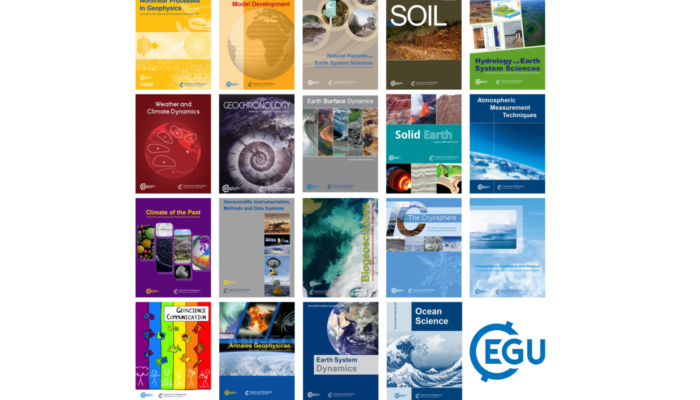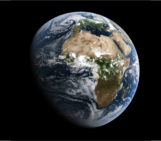
Each month we feature specific Divisions of EGU and during the monthly GeoRoundup we put the journals that publish science from those Divisions at the top of the Highlights roundup. For January, the Divisions we are featuring are: Geochemistry, Mineralogy, Petrology and Volcanology (GMPV) and Tectonic and Structural Geology (TS). They are served by the journals: Solid Earth (SE) and Geoscientific Model Development (GMD).
Highlights
Atmospheric Chemistry and Physics:
Opinion: The importance of historical and paleoclimate aerosol radiative effects – 3 January 2024
Atmospheric Measurement Techniques:
Quantifying particulate matter optical properties and flow rate in industrial stack plumes from the PRISMA hyperspectral imager – 1 January 2024
The additionality problem of ocean alkalinity enhancement – 8 January 2024
High-resolution spatial patterns and drivers of terrestrial ecosystem carbon dioxide, methane, and nitrous oxide fluxes in the tundra – 12 January 2024
Toward generalized Milankovitch theory (GMT) – 10 January 2024
Geomorphological and hydrological controls on sediment export in earthquake-affected catchments in the Nepal Himalaya – 5 January 2024
Influence of cohesive clay on wave–current ripple dynamics captured in a 3D phase diagram – 19 January 2024
Future water storage changes over the Mediterranean, Middle East, and North Africa in response to global warming and stratospheric aerosol intervention – 17 January 2024
EGU in the news – January
- Giant sea salt aerosols play major role in Hawaii’s coastal clouds, rain (US National Science Foundation) based on a study published in the EGU open access journal Atmospheric Chemistry and Physics
- Seaweed as a resilient food solution after a nuclear war (Daily Guardian) mentions study presented at EGU23 press conference
- Satellite to give atmospheric and ocean images in extraordinary detail (Cosmos) based on a paper submitted to peer review in the EGU open access journal Atmospheric Chemistry and Physics
- El Niño doesn’t automatically mean it won’t rain. Here’s why it’s been so wet and stormy for Australia’s eastern states (ABC News) based on a preprint study submitted to the EGU open access journal Hydrology and Earth System Sciences




